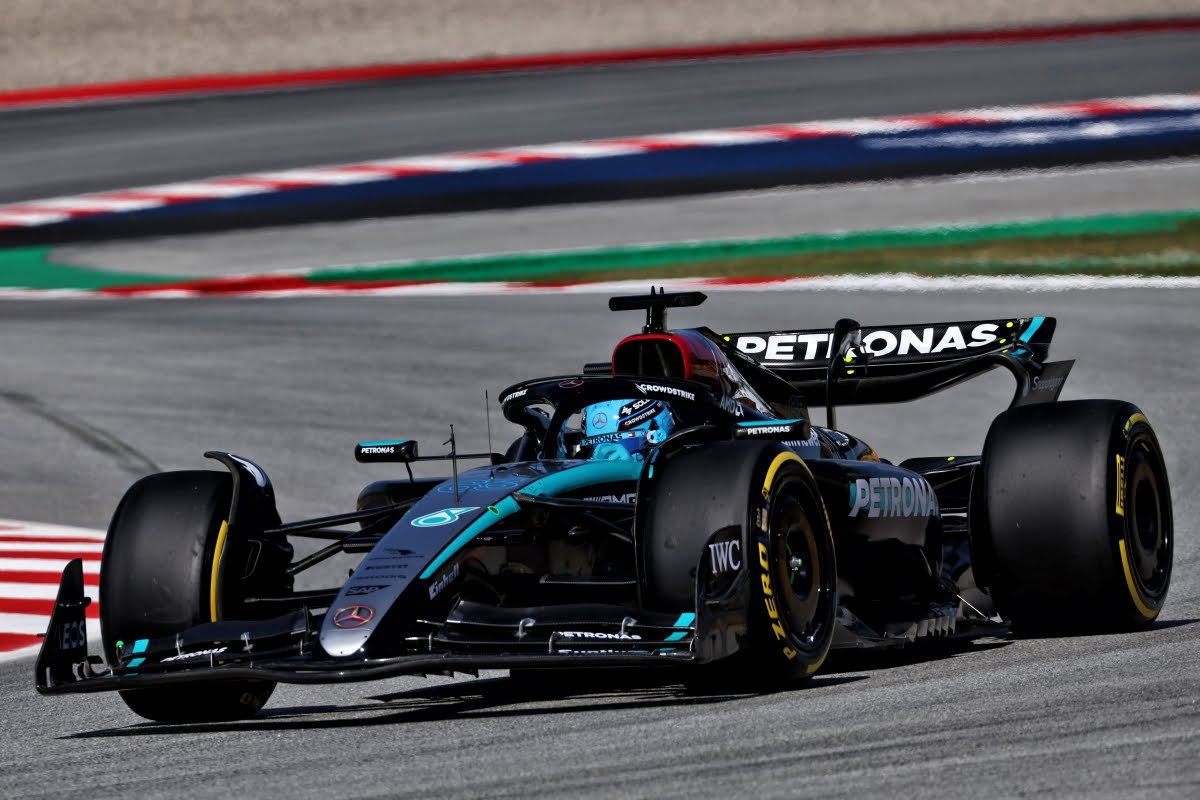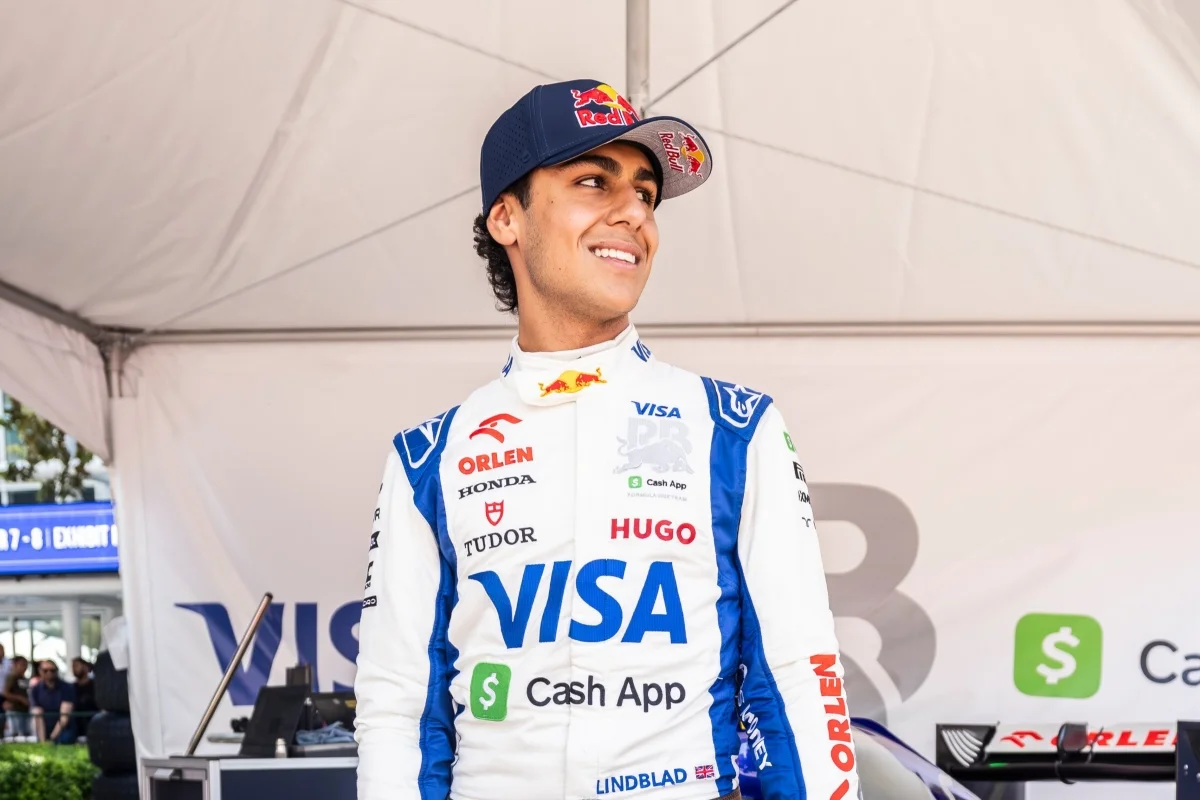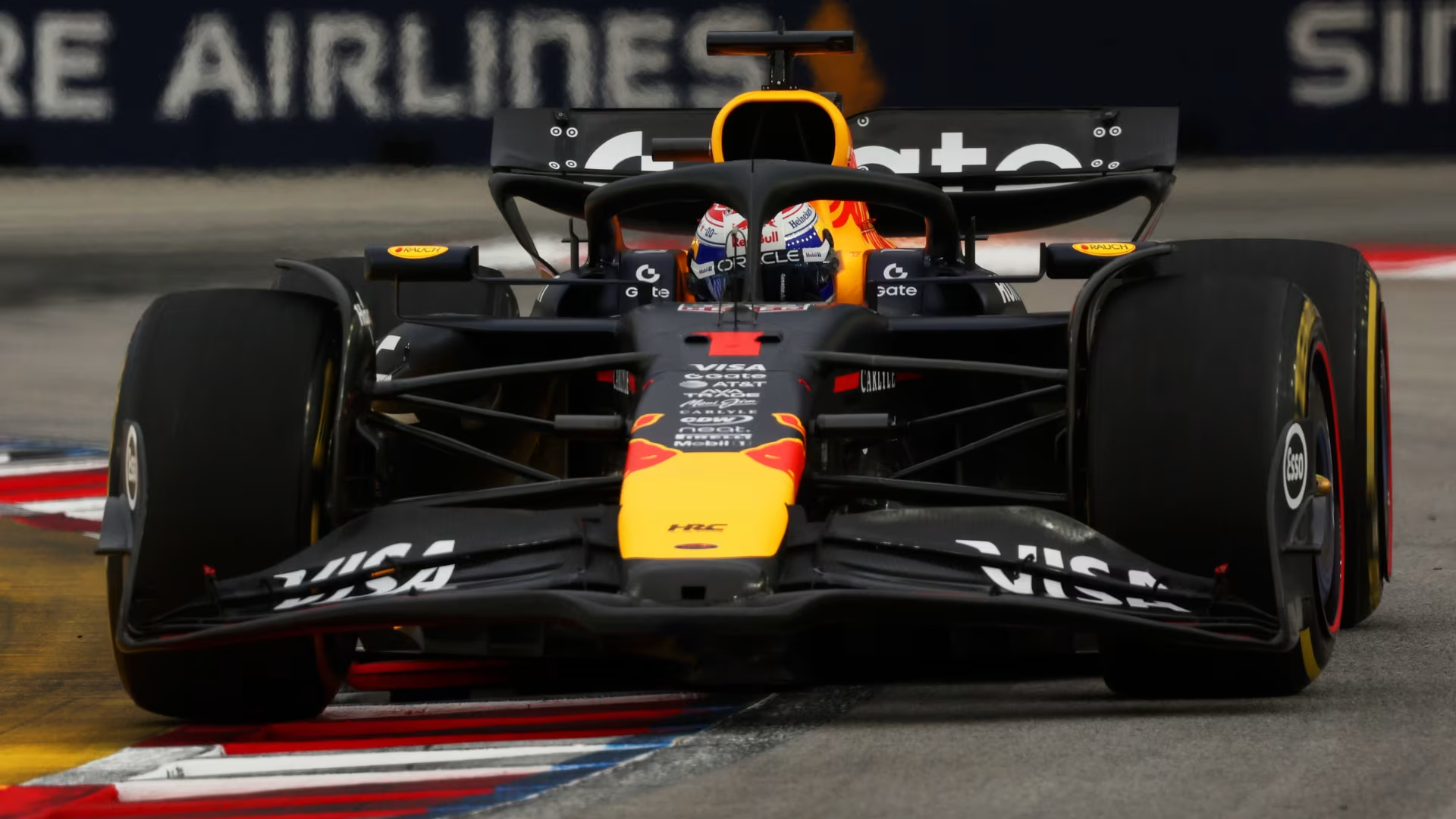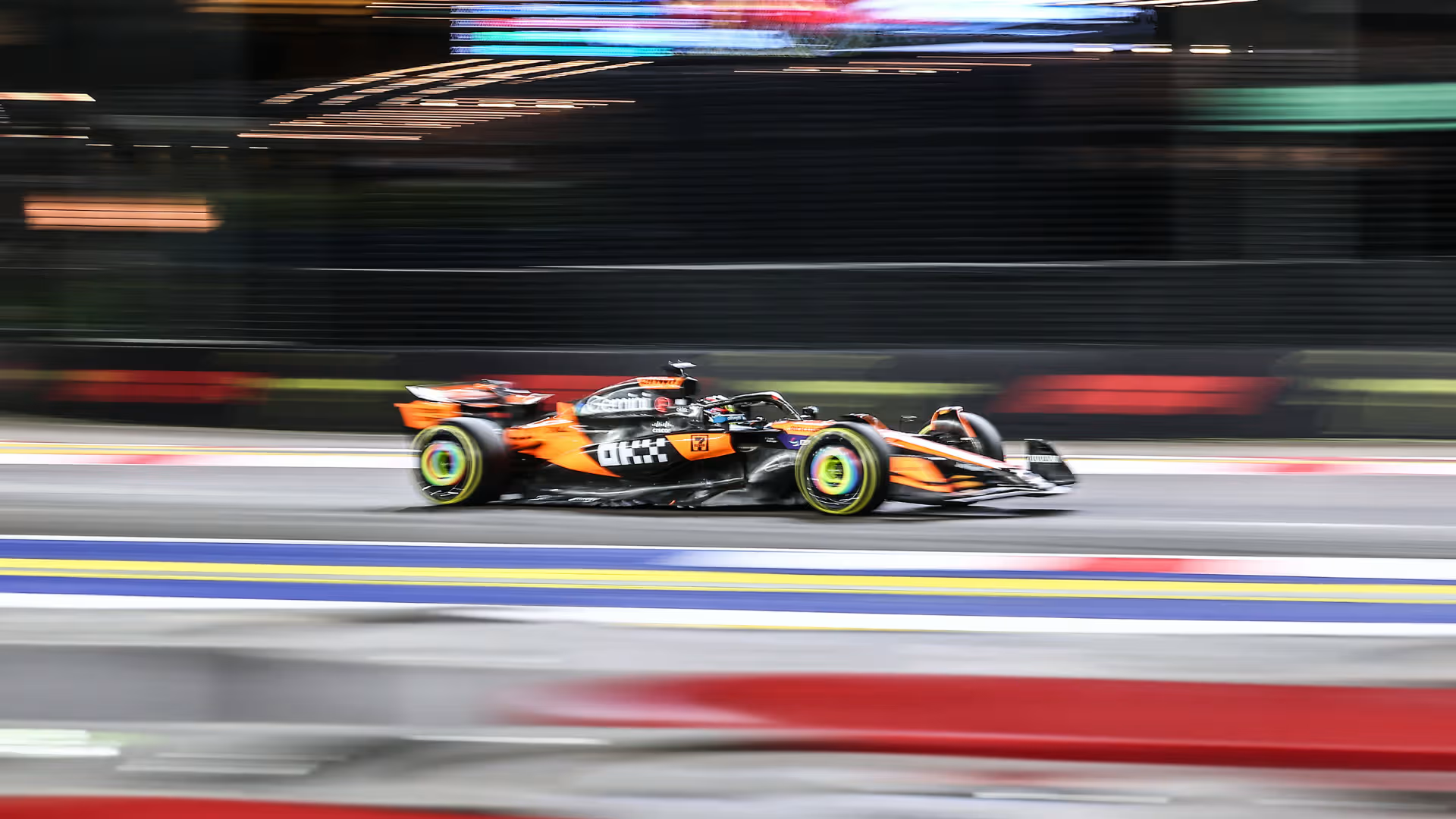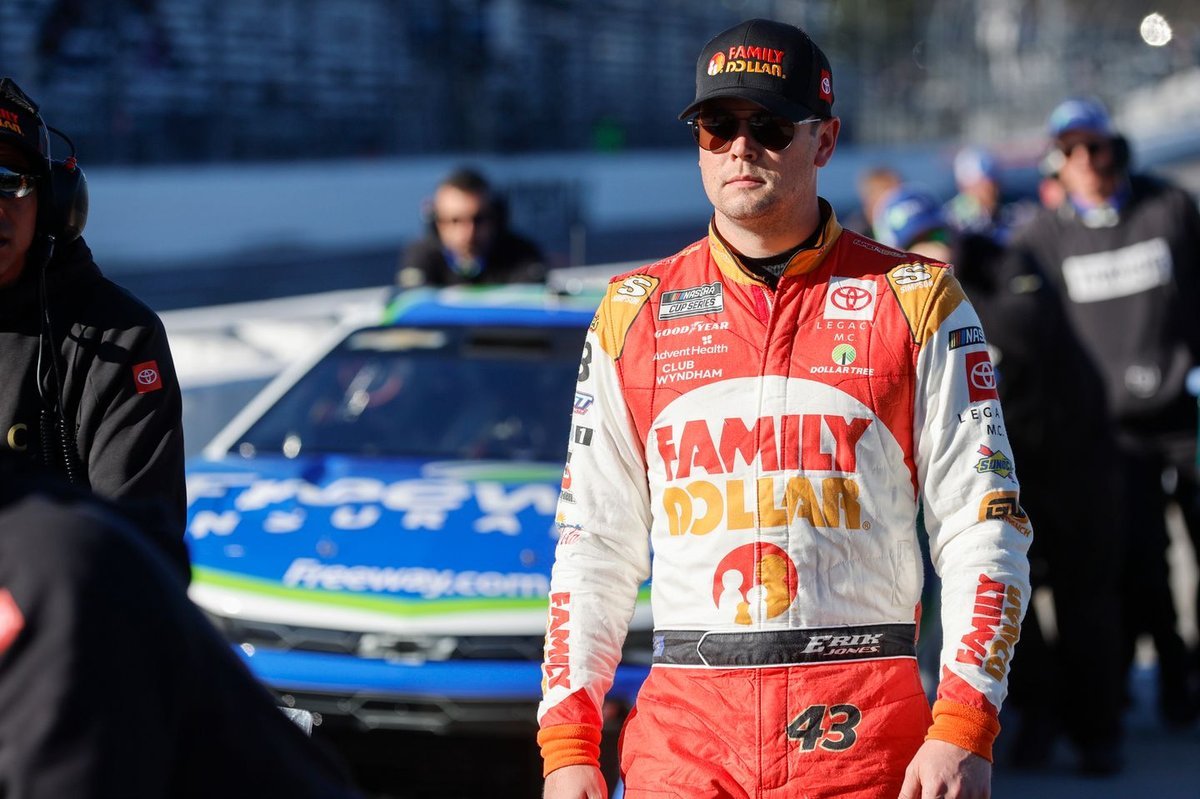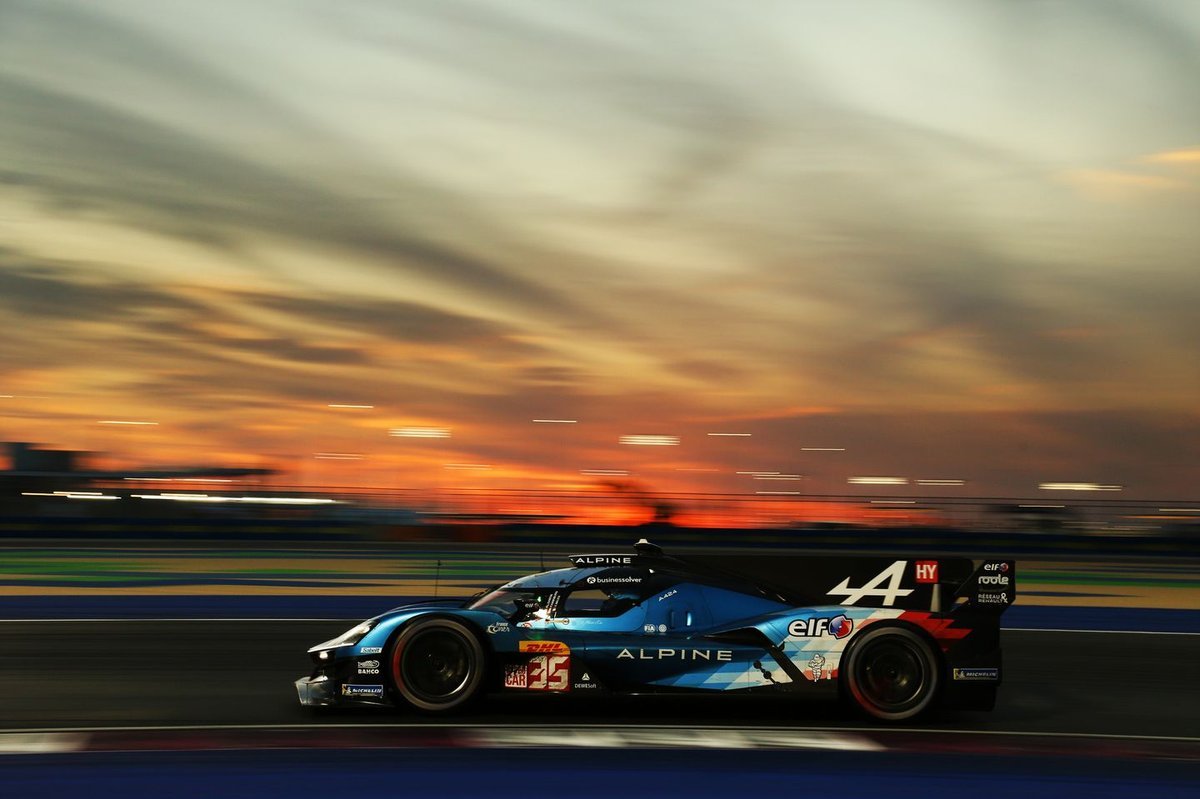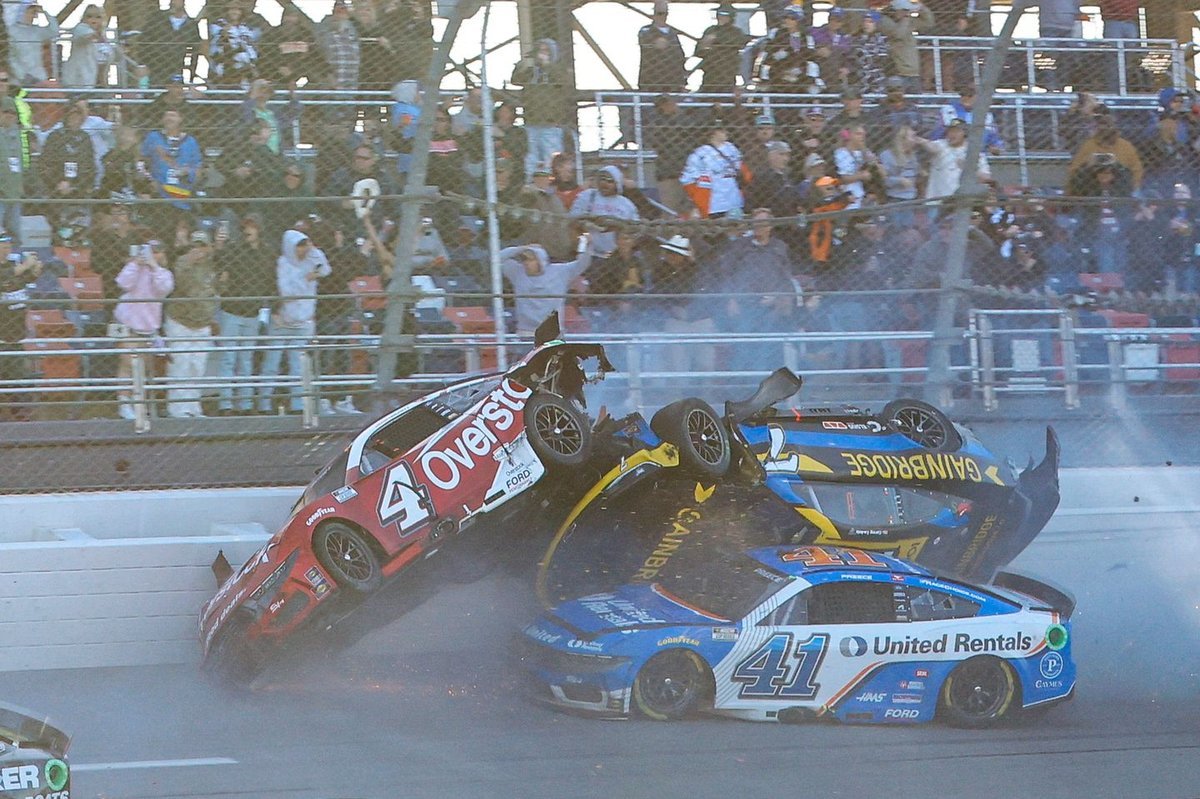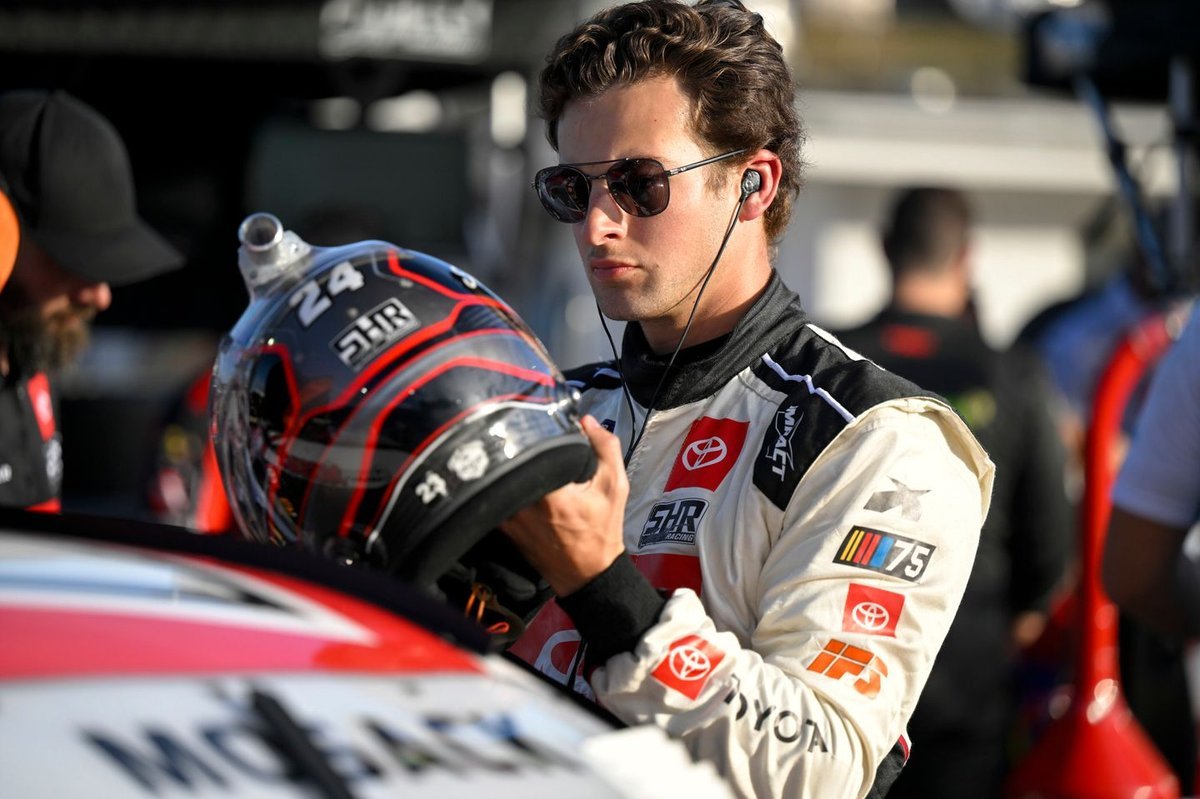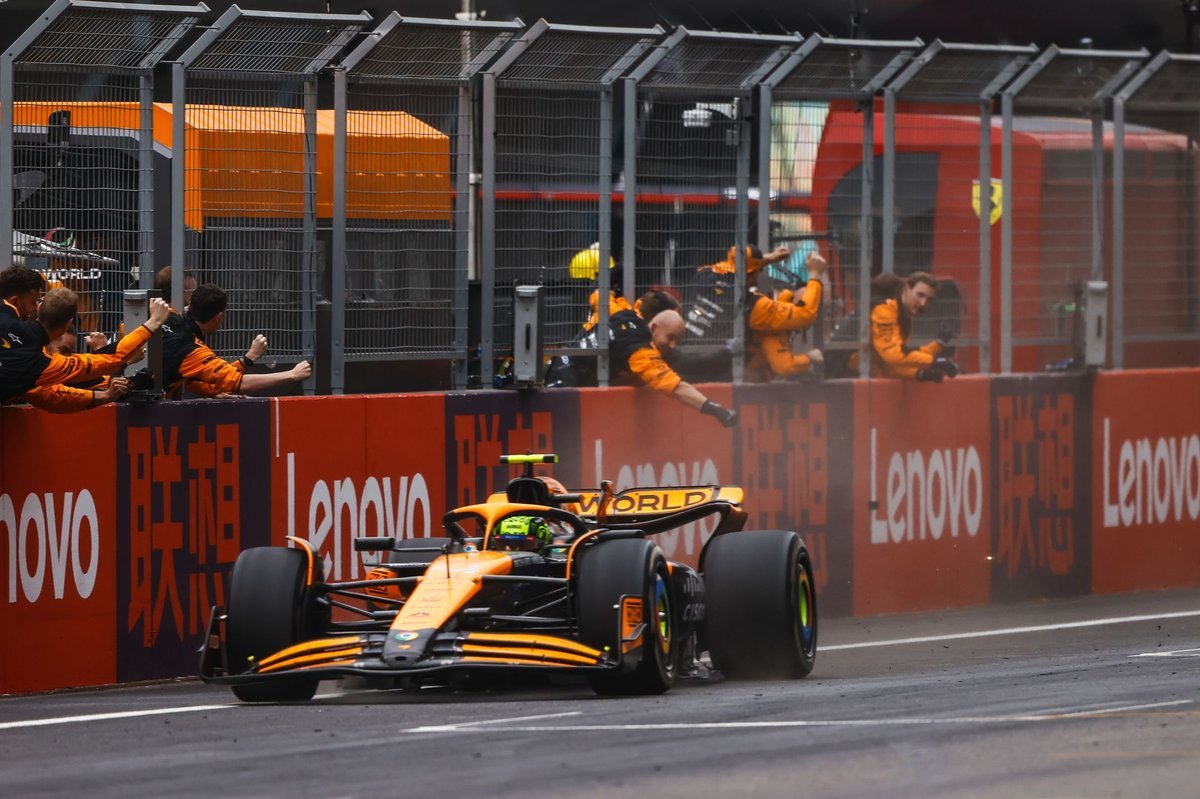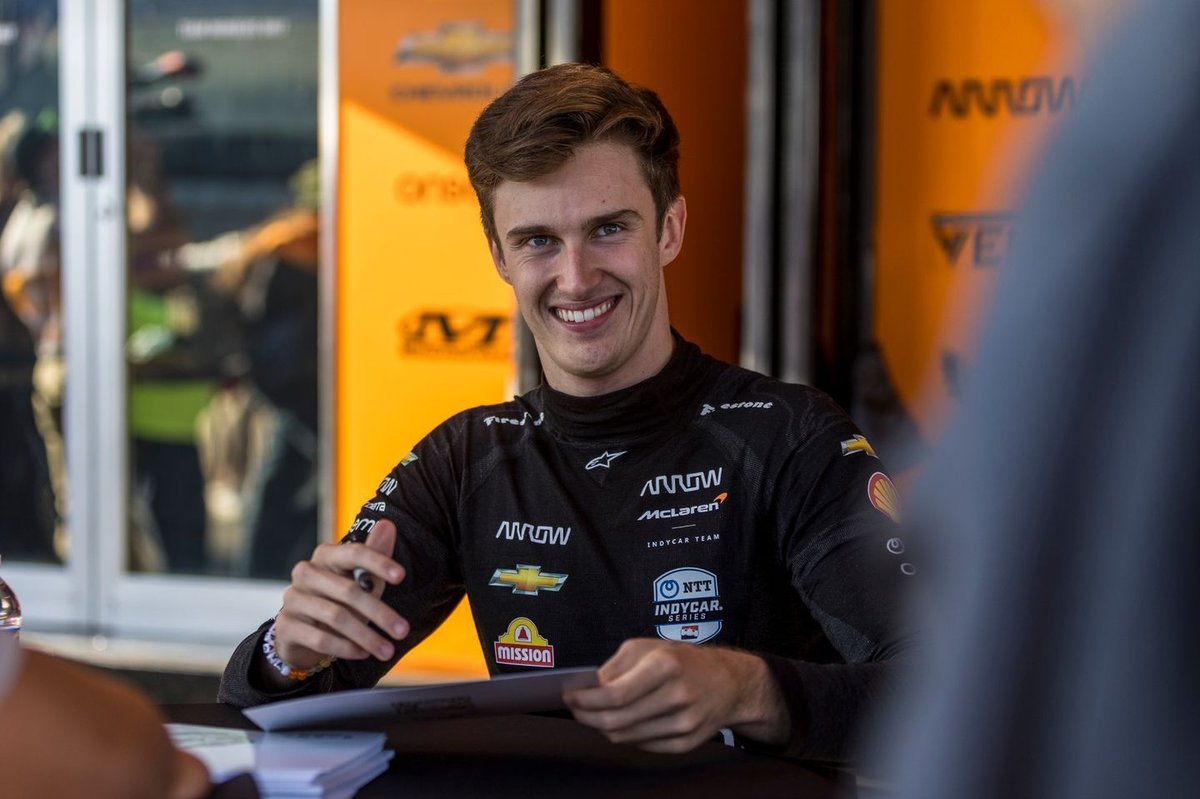Autosport has discovered that the FIA believes there is no need to step in on the latest flexi-wing mystery in Formula 1, even if teams freely acknowledge that pushing the envelope is necessary to be competitive.
Mercedes’ recent shift to a more flexible front wing design has reignited debate over what teams can and cannot do within the Formula 1 regulations. This move has spurred speculation that some teams, including McLaren and Red Bull, might face formal complaints for exploiting flexible front wings that adhere to the rules.
Despite noticeable wing flexing observed in onboard camera footage, the FIA remains comfortable with the current designs and has no immediate plans to investigate. The existing front wing flexibility tests, which apply loads to the wings in the pits to ensure they do not bend excessively, will remain unchanged.
This acceptance comes as teams increasingly engineer flexibility to better manage aero balance with ground effect cars. Ferrari’s performance engineer, Jock Clear, emphasized the necessity of utilizing flexi-wings to stay competitive. “You need to do it to be quick,” he stated. “Whatever’s available within the rules is what we explore, whether it’s a front wing, rear wing, or floor. It’s all development.”
While Mercedes’ recent actions have drawn much attention, team boss Toto Wolff acknowledged that all teams are pushing boundaries to climb the grid. “Front wings play a big role today, as does aero elasticity and the floors,” he said. “Everybody’s trying to push the boundaries within the regulations. Over the last three races, we’ve made significant strides with our aero bits, particularly on the right side.”
There were rumors that Red Bull contacted the FIA about Mercedes’ flexi-wing behavior, but this was dismissed by Red Bull’s motorsport advisor Helmut Marko. “We didn’t complain; we just noticed it,” Marko told Autosport. “If a car is much faster on the straights, you can see where it comes from. But it went through scrutineering, so it was okay.”
Marko, whose team has faced similar criticisms in the past, believes this type of controversy is par for the course in F1. “It has always been a problem, and nearly every team is affected at some stage,” he explained. “Teams accuse others, then those behind blame the leaders. This is a normal game in Formula 1, and it has always been like this.”
As the flexi-wing debate continues, it’s clear that teams will keep pushing the limits to gain any possible advantage, navigating the fine line between innovation and regulation compliance.

